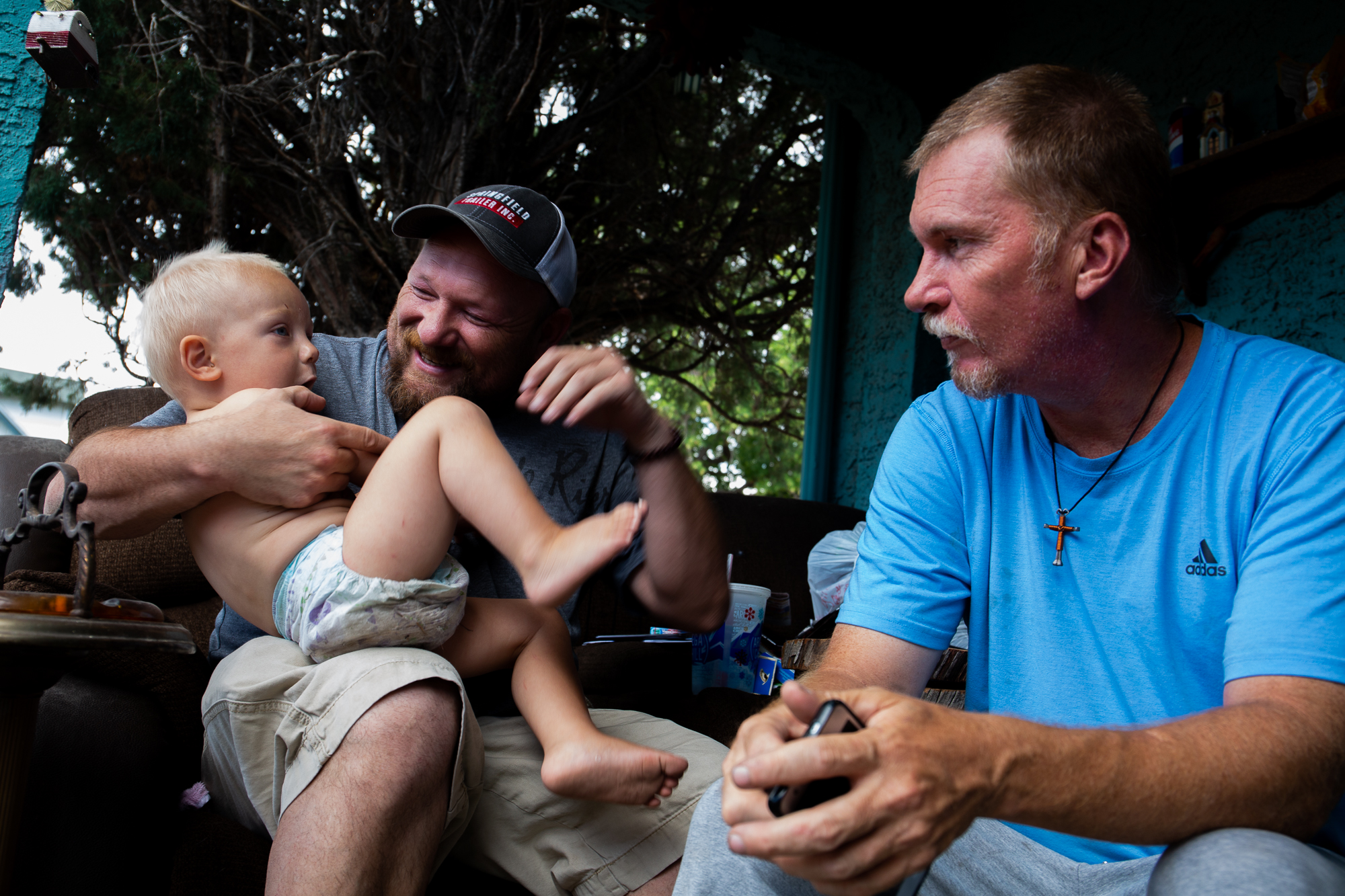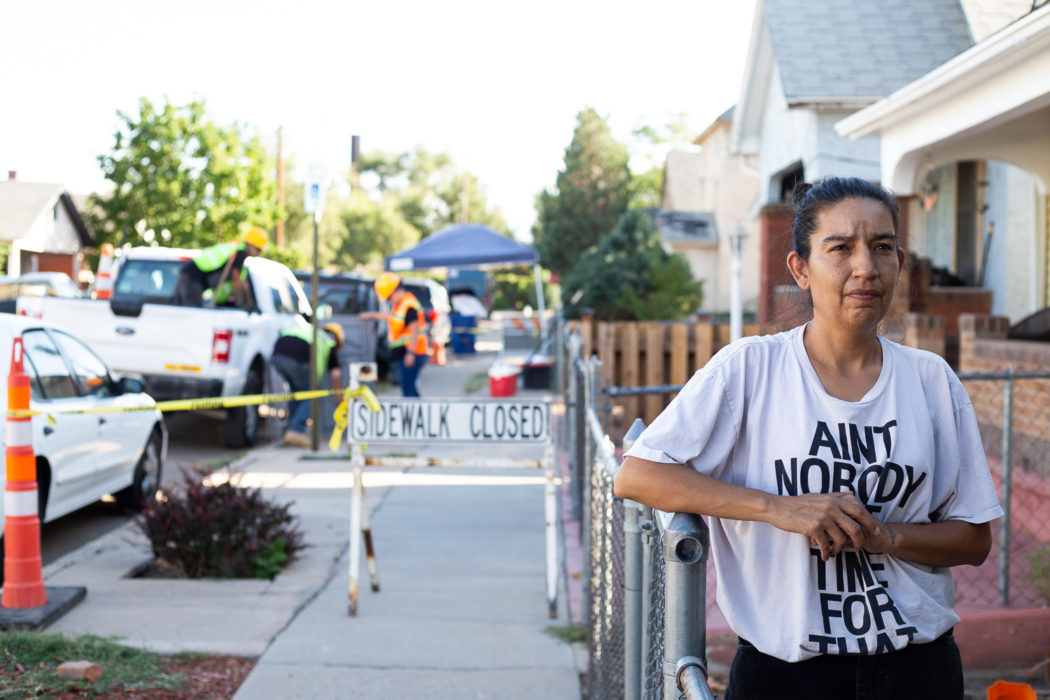
On his first day of pre-kindergarten, Christina Mishenko’s grandson was tested for lead exposure. After finding out he had a high level of lead in his blood, Mishenko changed his diet, bathed him more frequently, cleaned his toys, and tried to keep him from eating the toxic dirt in their yard.
That was three years ago. “They’re finally coming to dig up the dirt,” Mishenko said in September. As we spoke, her 3-year-old granddaughter took another handful of soil and stuffed it in her mouth. Two weeks later, the soil in Mishenko’s yard had been dug up and replaced.
Mishenko lives in the industrial town of Pueblo, Colorado, within an Environmental Protection Agency-designated Superfund site. The Eilers, Bessemer, and Grove neighborhoods within the site are some of Pueblo’s poorest, making active involvement in the $75 million cleanup process much harder for residents who often hold down multiple jobs or care for extended family units. That’s the case for Mishenko, who watches over five grandkids and shares her car with two daughters.
The Mishenko family’s situation is not unique. EPA analyses of census data show that low-income, immigrant, and minority families are more likely than the general population to live within 3 miles of a Superfund site. In Pueblo, an extensive cleanup is underway. In addition to site-specific remediation work and soil removal in yards, EPA and partnering organizations will be conducting indoor dust cleanups in some homes — a rarity for Superfund projects.
Many barriers keep residents from fully understanding or participating in the process, though. Busy schedules, turnover among renters, and inattentive landlords in the neighborhoods within the Superfund site complicate officials’ attempts to connect with those affected. Some who spoke to Bitterroot didn’t realize until recently that they live in a Superfund site at all, despite the designation being in place since 2014.
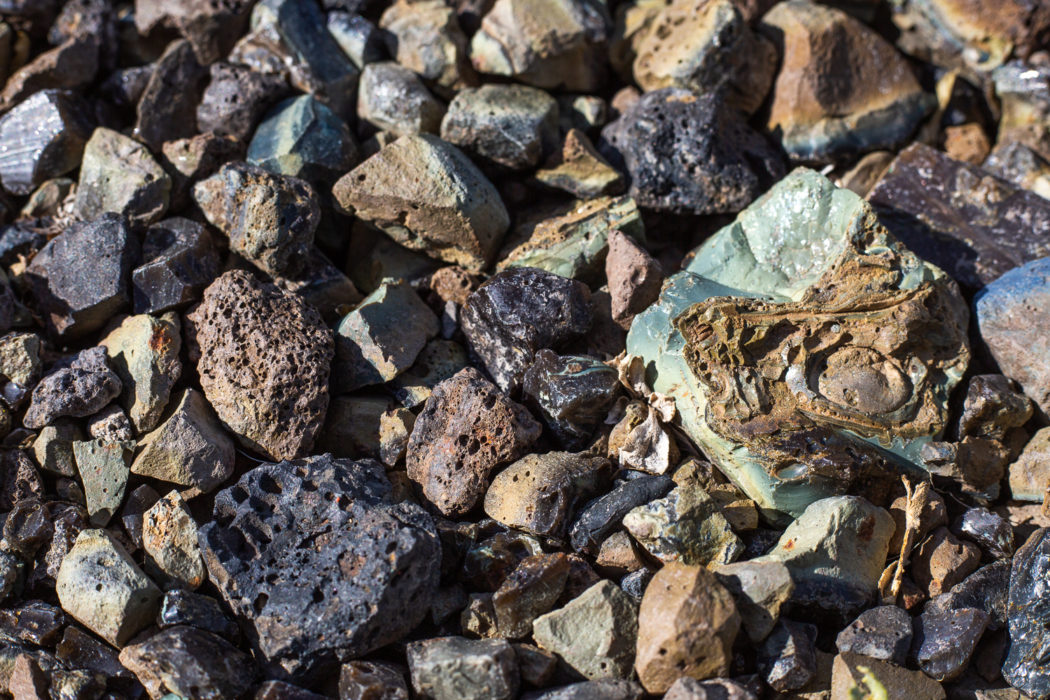
The Colorado Smelting Company processed silver-lead ore from 1883 to 1908. The smelter site is adjacent to Pueblo’s Eilers (named for the smelter’s owner, Anton Eilers) and Bessemer (named for the first method of mass-producing steel) neighborhoods; four other smelters operated nearby. What remains is a 700,000-square-foot slag pile (pictured) and soil that is heavily contaminated with lead and arsenic.
The EPA listed the site in December 2014 following a study that began nine years earlier. The EPA estimates it will need to remove soil from 858 residences — about half of all homes in the Superfund site — and conduct 522 indoor dust cleanups. Fifty-nine percent of households within a half-mile of the smelter site meet the EPA’s designation of low-income, earning less than $52,000 a year for a family of four.
Between now and 2023, the EPA, the state and county public health departments, and the Army Corps of Engineers will dig up and replace residential yards where lead concentration exceeds 350 parts per million and arsenic levels exceed 61 ppm; representatives said they’re currently replacing about six yards per week. In some, soils have registered lead levels of 3,910 ppm and 323 ppm of arsenic. Homes that require indoor dust cleanups are prioritized.
“It’s quite a big deal for us to go indoors,” said Charlie Partridge, the site toxicologist. “I had to prove that … some portion of indoor dust is coming from the Colorado Smelter.”
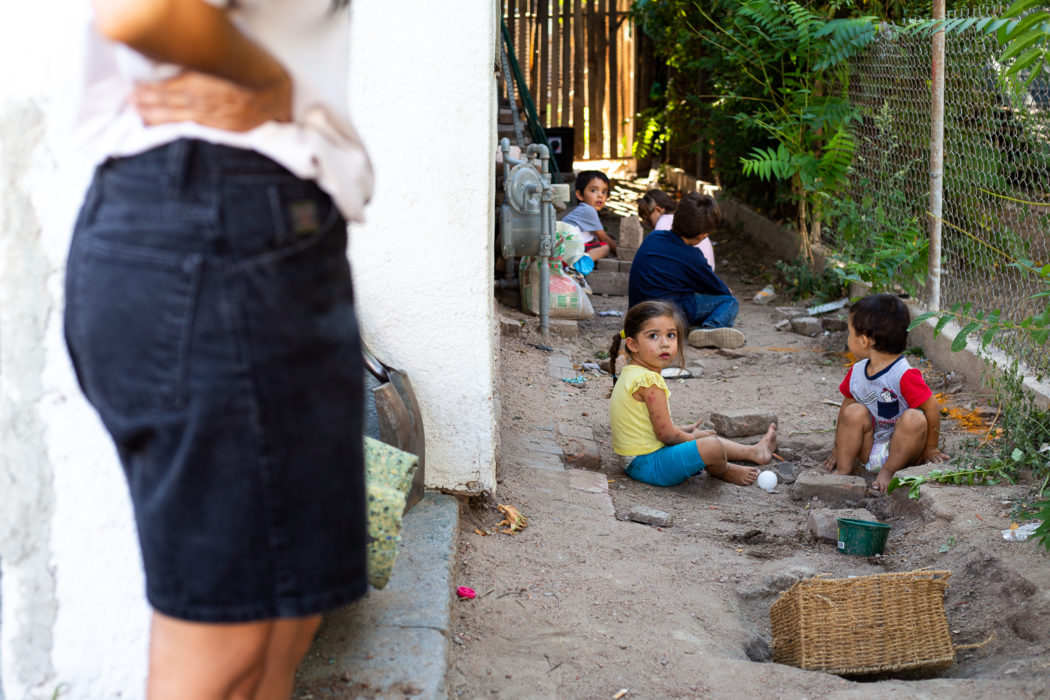
After tests revealed Mishenko’s grandson and another granddaughter had high lead levels, health department officials coached the family on dust reduction and a healthy diet. These actions are important, as lead exposure can have lifelong effects on children. As Colorado State University-Pueblo researchers wrote in 2018, lead affects “neurodevelopment as well as behavioral and cognitive skills, especially in children, because their nervous system is still in developmental stages.” The study found that elevated blood lead levels were more common in kids who grew up closer to Pueblo’s five former smelting sites.
Cleanup at the Mishenko home was slow to begin. Documents provided by the EPA show that the agency notified the Mishenkos’ landlord in September 2017 that soil replacement was needed, but did not receive consent to work on the property until February 2019. Though the home wasn’t eligible for the earliest round of remediation in 2018 (at that time, indoor dust cleanups were prioritized), the slow response was one reason soil in the Mishenkos’ yard was not replaced until late September — two years after EPA determined it was necessary.
Victor Mishenko, Christina’s husband, installs carpet for a living. Christina watches the grandkids while their mothers work. “Because we are a low-income family and have to live within our means, this usually means we must live in places where we have lots of unsafe dirt,” Victor said.
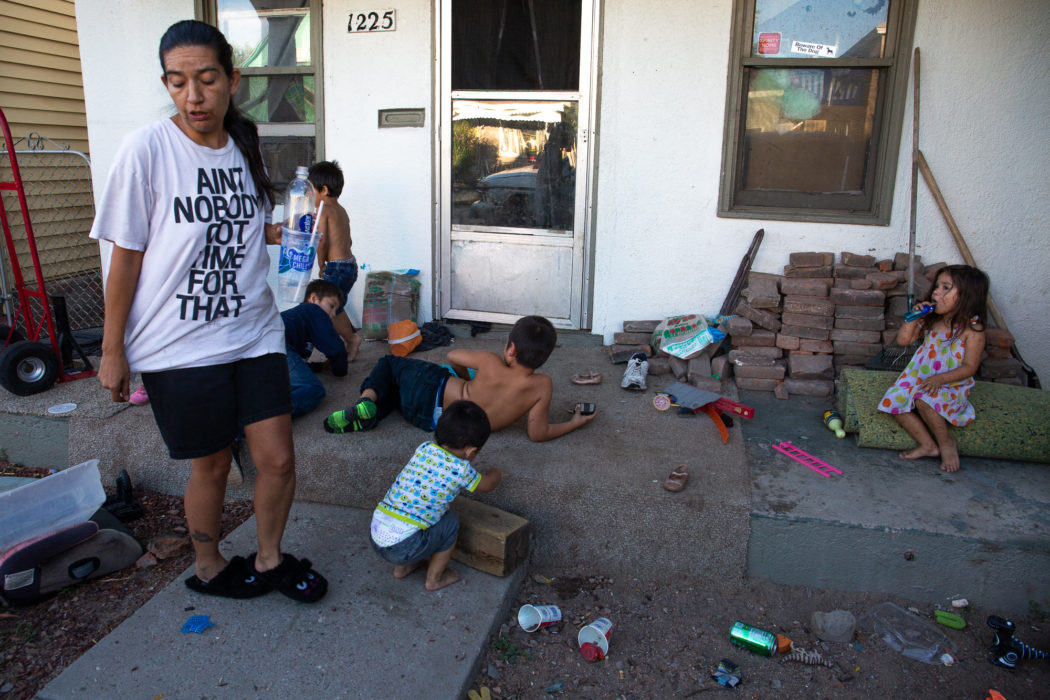
To combat high blood lead levels in children, the Pueblo Department of Public Health and Environment promotes an iron-rich diet with ample fruits and vegetables, which inhibits lead absorption. Changing eating habits is no small matter, though. The U.S. Department of Agriculture defines low-access neighborhoods as those where at least one-third of the population lives more than 1 mile from the nearest grocery store. “And that’s most of the Superfund site,” said Monica Dupler, environmental health specialist at the Pueblo health department.
“We come in and say, ‘Wash your hands, eat your veggies.’ Such simple solutions, but it’s the least of their worries,” said Dupler. “Lead poisoning is the last thing on their minds. They’re just trying to survive.” One of Dupler’s goals is to use EPA funds to support a food-access program for residents within the Superfund site.
In addition to families with children, health officials told Bitterroot they prioritize outreach to young or pregnant women. Too much lead in a pregnant mother’s body can cause a miscarriage or premature birth, according to Mallory O’Brien, project manager at the Pueblo health department. “When you’re pregnant, your bones are moving around and [lead] can leach into your body and the unborn child’s,” she said.
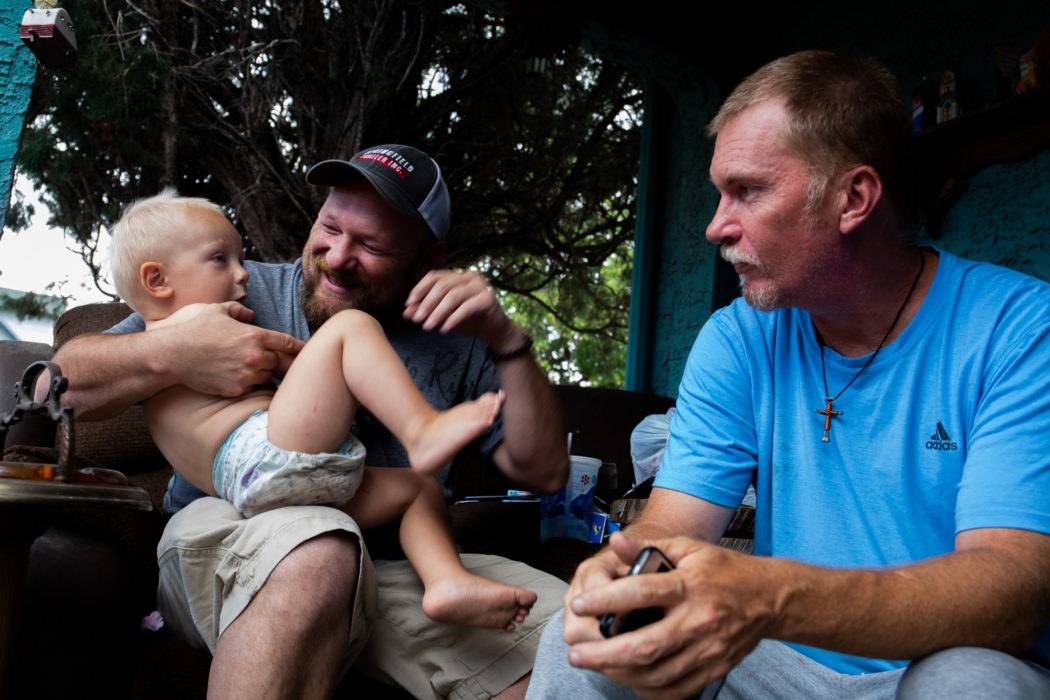
In a stucco home built in the early 1900s, James Allan (left) and James Padilla (right) are raising a niece’s 21-month old son and caring for several dogs. The family moved into the neighborhood in April. Allan and Padilla said they were informed there may be lead or arsenic in the ground, but they were told it was nothing to worry about. When I spoke to them in September, they had not been informed of the Superfund designation. “Our landlord didn’t tell us at all, and [our child] eats a lot of dirt,” Allan said.
This family wasn’t the only one in the area who were uninformed. Four families I spoke with had no idea when they moved into their Pueblo homes that they were living in an active Superfund site. Property owners within Superfund sites have no additional legal responsibility to notify tenants or potential property purchasers about the possible presence of lead or other contaminants.
Allan and Padilla said they have been informed that a cleanup will begin in their yard “anytime.” They appreciate that the local cleanup team and health department have been working hard to get the yards in their neighborhood cleaned up. “They’ve been a real blessing,” Padilla said.
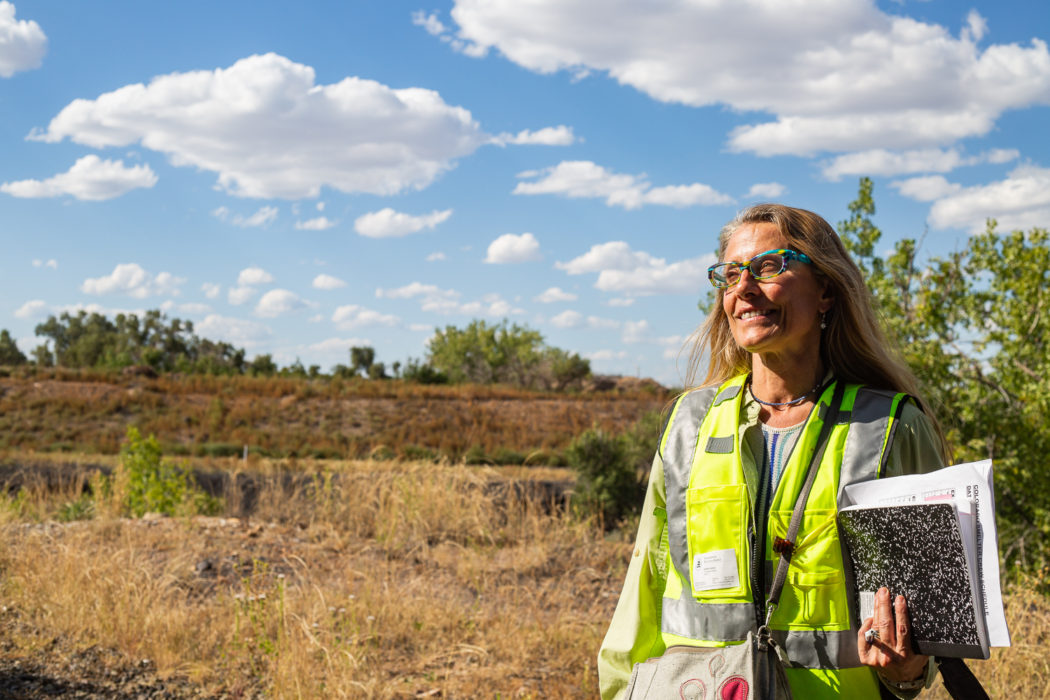
“Renters come and go, and aren’t aware of Superfund designation,” said Sabrina Forrest, remedial project manager with the EPA. “I’ve had calls from people who buy homes or sign a year-long lease and just don’t know.”
The EPA and Pueblo health department try to get the word out using community advisory groups, flyers, social media, and by simply knocking on doors. But half of the residential occupiers are renters, Forrest said, which makes keeping everyone informed more difficult. “We’re continually just trying to get information to the door a couple of times a year,” she said.
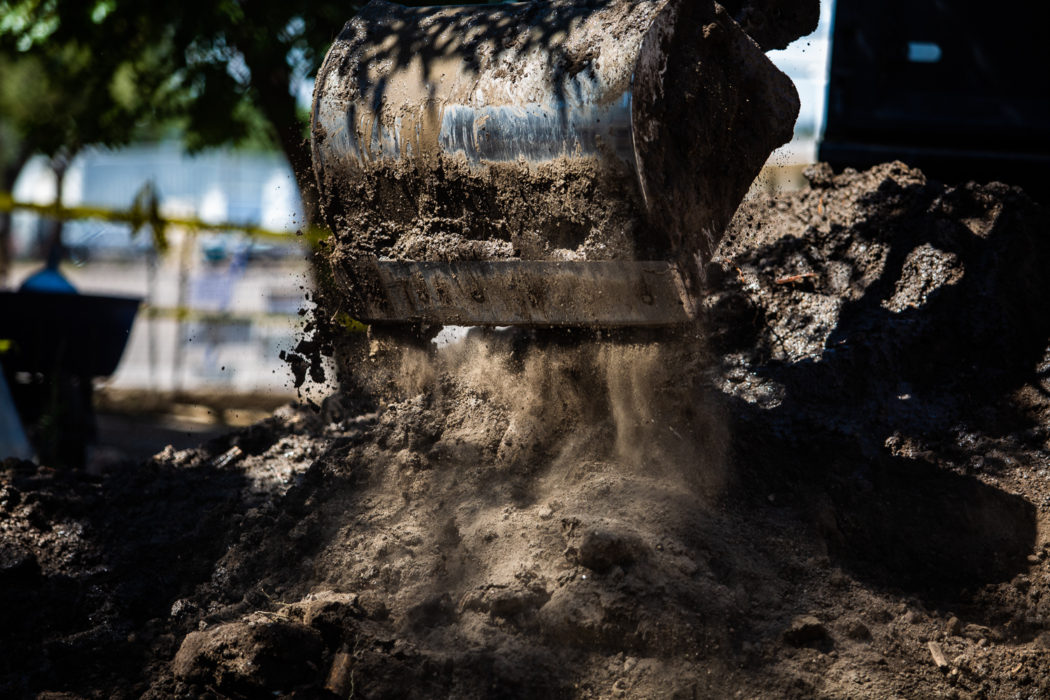
Initially, the Colorado Smelter cleanup was scheduled to take a decade, but EPA in 2018 accelerated funding for the operation, which is now scheduled to be complete in 2023.
Chuck Leinen leads the on-the-ground-clean up process for the Army Corps of Engineers. He explained that, once consent for access is received from residents and landlords, restoration coordinators collaborate with landowners on a property-specific cleanup plan.
“We can replace grass, we can put in mulch or rock,” Leinen said. The top 18 inches of soil are removed from lawns; two feet is peeled away in gardens. “Once we dig into the deep areas, we can do post-tests to make sure we got all the hot stuff, meaning the high levels of arsenic and lead.”
Officials have thus far have conducted 139 indoor cleanups, and 216 yards around the site have been replaced.
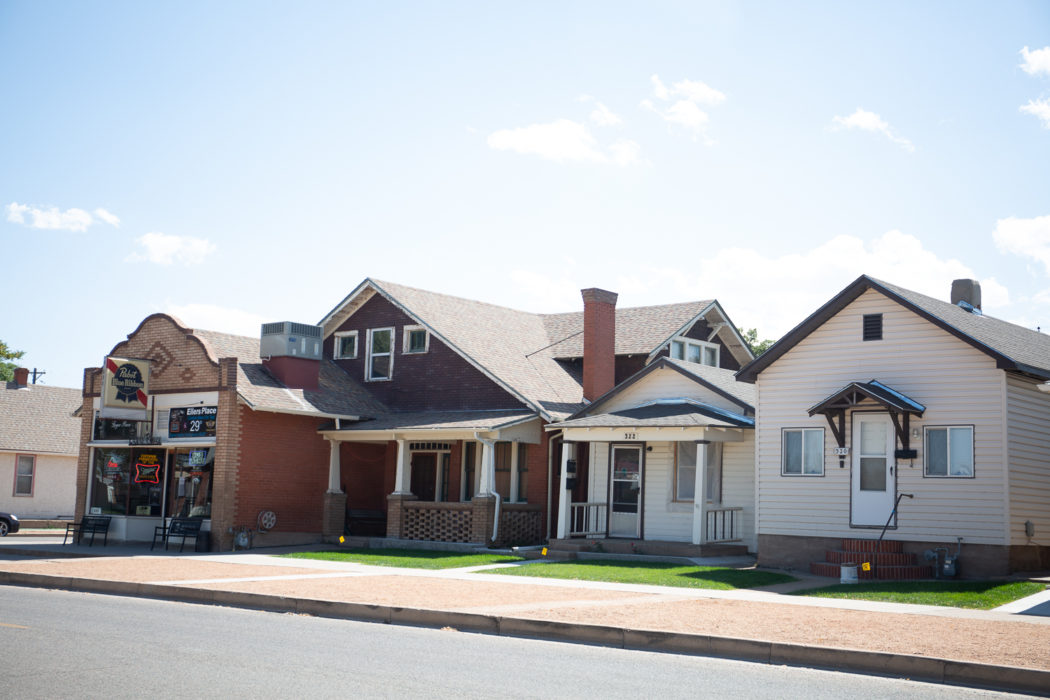
In 2017, the EPA and the Department of Housing and Urban Development found that 70 percent of the nation’s most contaminated sites are near low-income housing.
“These communities don’t have the resources with which to address their concerns,” said Karen Roybal, an assistant professor at Colorado College who teaches about environmental justice in the Southwest. “Environmental pollution is often purposely sited in low-income and minority neighborhoods. … They pay for this exposure with their health and, really, their lives.”
Ultimately, in communities like these, even well-intentioned outreach efforts often fall short — to be involved with the Superfund process means you must have time to be involved. “People are busy and have x number of jobs, and a lot of folks, I think, could be just busy with their day-to-day life,” said the EPA’s Forrest.
While in Pueblo, I attended one of the monthly public outreach meetings. Twenty minutes were spent explaining linear regression lines and other statistics. Throughout the meeting, a woman named Abrina Wilder repeatedly asked: “Why don’t you want to hear our concerns? … I’ve been trying to talk, and no one wants to hear me.”
Her voice echoed in the meeting room. She was one of just a handful of residents in attendance.

